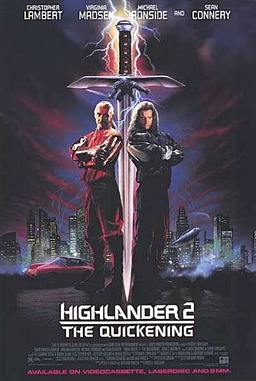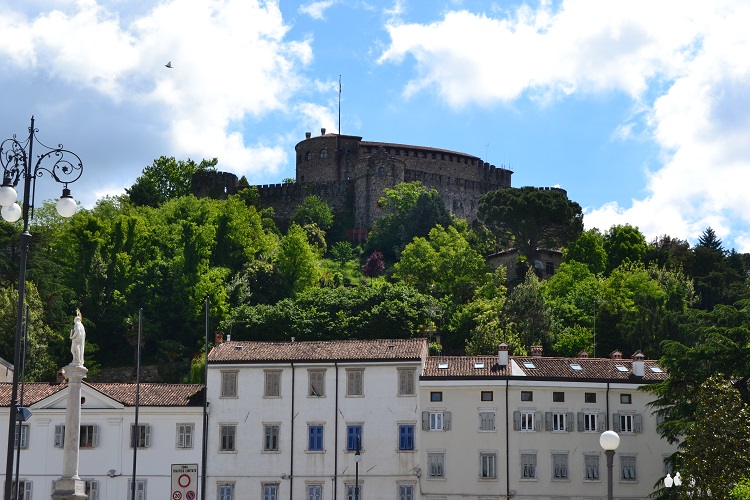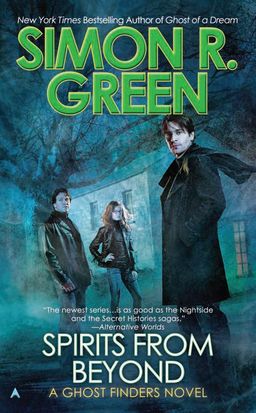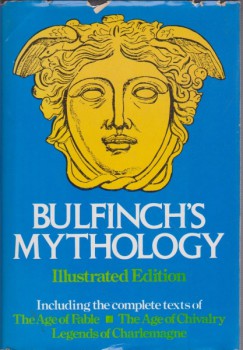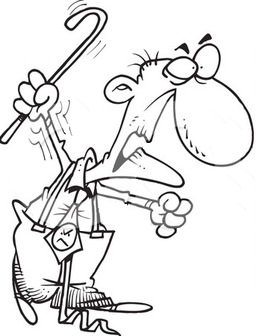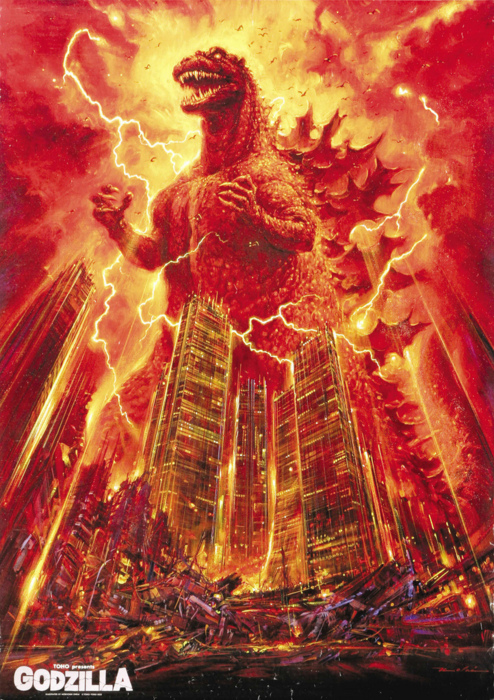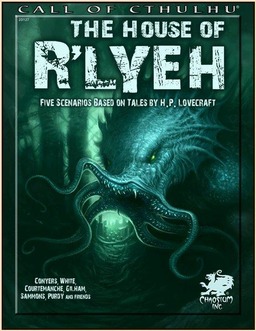World Building Historical Fiction using Military Thinking
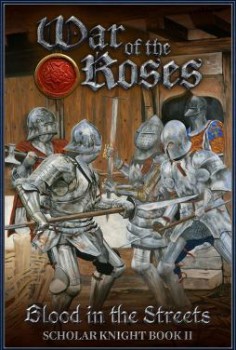
If you read my blog, you’ll know I’m not a great fan of authorial self loathing and all that angst. However, when I got the gig to write Historical Adventure tie-ins for the Paradox War of the Roses game, I was a bit terrified. Rather than angsting over my ability to tell a story — I’d signed the contract so it was bit late for that! — I was overwhelmed by the task of using a real world historical setting.
Obviously, I was afraid of missing an obvious facet of Medieval life and then being pounced at by some of the hundreds of thousands of members of the Living History/Historical Reenactment/SCA/HEMA community.
However, the most pressing problem was; How was I to grok a historical setting well enough for it to become a my sandbox? I’d tackled this once before when writing a YA Dark Age yarn and found that a lot of the thinking had already been done for me by a group whose lives and, sometimes, homeland relied on untangling the world in order to make systematic sense of it: the Military…
Though not all the conflict is physical, an archetypal adventure story is not so different from a series of one or more combat missions. Simplifying greatly, military thinking makes sense of these on three levels:
- Strategic – The broad movement of armies in the pursuit of long term objectives driven by economics, diplomacy, and politics; “In order to secure our flanks, we shall make this country submit to us and do so by invading from the north and seizing its capital city.”
- Operational – Maneuvering towards objectives during the resulting campaigns and battles; “You will seize these bridges and hold them so that our tanks can use them.”
- Tactical – Achieving the objectives through fighting anything from a fullscale battle to a squad level action; “You guys set the mortar up over there and lay down smoke…”
This gives us three different ways of seeing anything in our story world.
